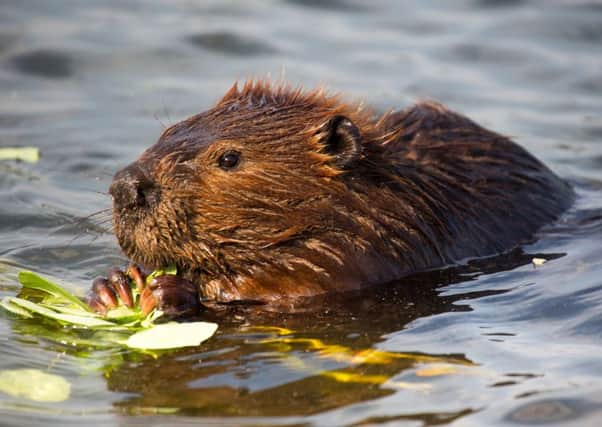New study launched to count '˜unofficial' beaver population in Tayside


It’s thought the Tayside population sprung up after individuals escaped or were illegally released from captivity.
Advertisement
Hide AdAdvertisement
Hide AdCurrent estimates suggest there could now be up to 100 living along the network of rivers in the area.
Farmers have called for the animals to be removed because of the damage they cause to trees and flooding of agricultural land due to their dam-building.
But Scottish ministers recently ruled the species can remain in Scotland after a successful reintroduction project was carried out under licence in Argyll.
The five-year project was run by the Royal Zoological Society of Scotland and the Scottish Wildlife Trust and involved scientific monitoring of 27 Eurasian beavers released in Knapdale Forest.
Now Scottish Natural Heritage (SNH) has commissioned surveys to provide an up-to-date estimate of beaver family numbers in Tayside, which will begin this week.
The work will help develop management and mitigation measures after environment secretary Roseanna Cunningham announced in November that colonies could remain in Tayside and Argyll and be allowed to spread naturally.
A team led by the University of Exeter and involving specialists based in Scotland and England will carry out the research, which will update an earlier Tayside Beaver Study Group survey in the Tay catchment.
SNH is also appealing to the public to record any sightings through the Mammal Tracker app.
Advertisement
Hide AdAdvertisement
Hide AdThe new survey will also provide the opportunity to investigate areas where beaver sightings have recently been reported but not confirmed.
These include the River Devon, the Balvaig and Garbh Uisge upstream of Callander, the Forth in the Carse of Stirling and the Black Water around Brig O’Turk.
Fieldwork will involve walking riverbanks to look for signs of breeding family groups as well as water-based surveys where researchers work from canoes.
The University of Exeter’s Professor Richard Brazier, chair of the Science and Evidence Forum for the River Otter and Mid-Devon Beaver trials, is heading up the work.
The project will be managed by Roisin Campbell-Palmer; one of Scotland’s most experienced beaver workers.